A trip to the archipelago Svalbard is most likely the most northerly I will ever travel – and what a trip!
I feel like I am at the end of the Earth (if a globe can actually have an end). And I am, almost. This is as close to the North Pole as I will probably ever be.
Flying in to Svalbard, I catch tantalizing glimpses of this remote Arctic archipelago. The view from above features mainly snow, ice, glaciers, mountains, rocks and, of course, the sea. Svalbard borders the Arctic Ocean, Norwegian Sea, Greenland Sea and Barents Sea.
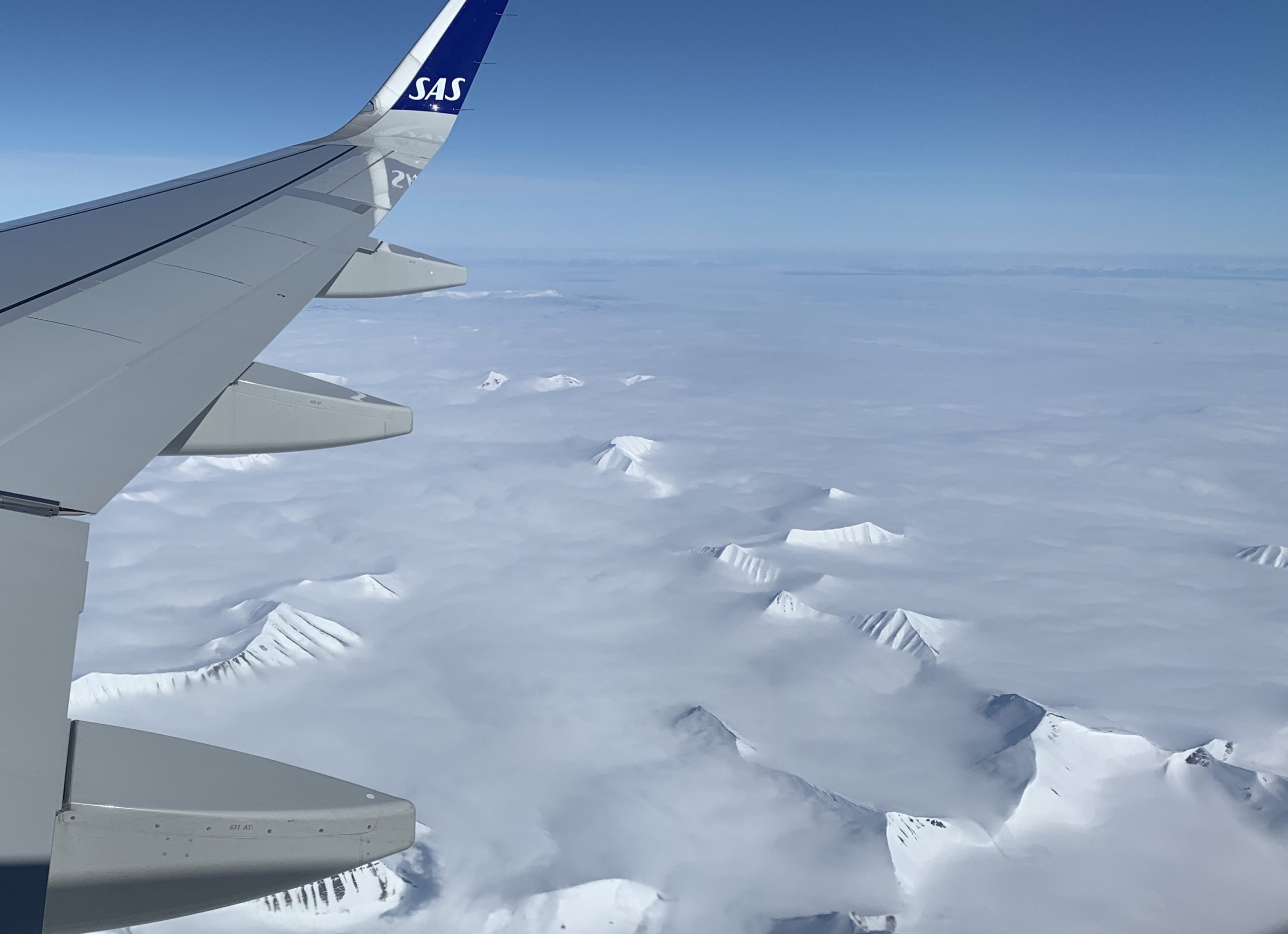
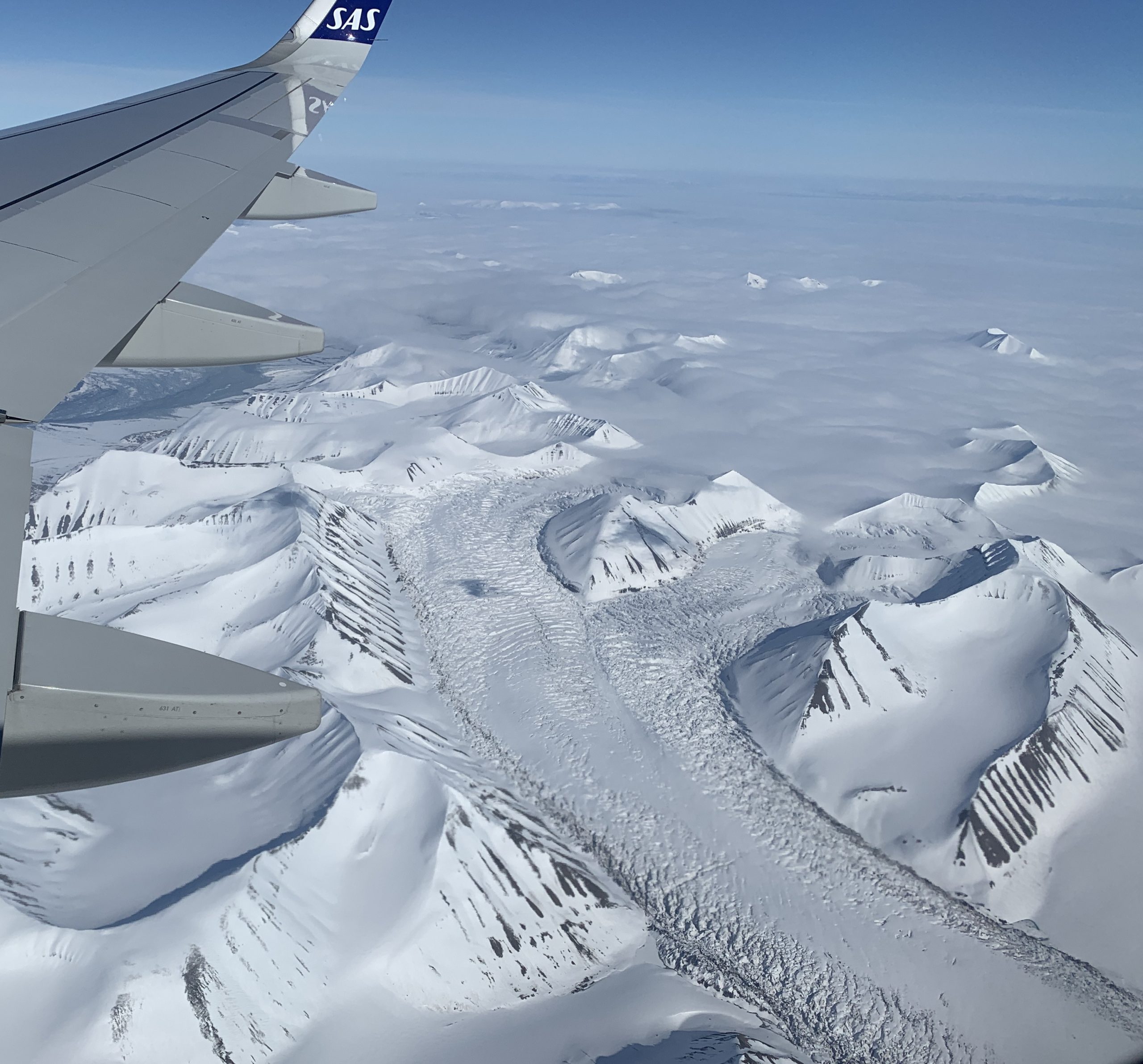
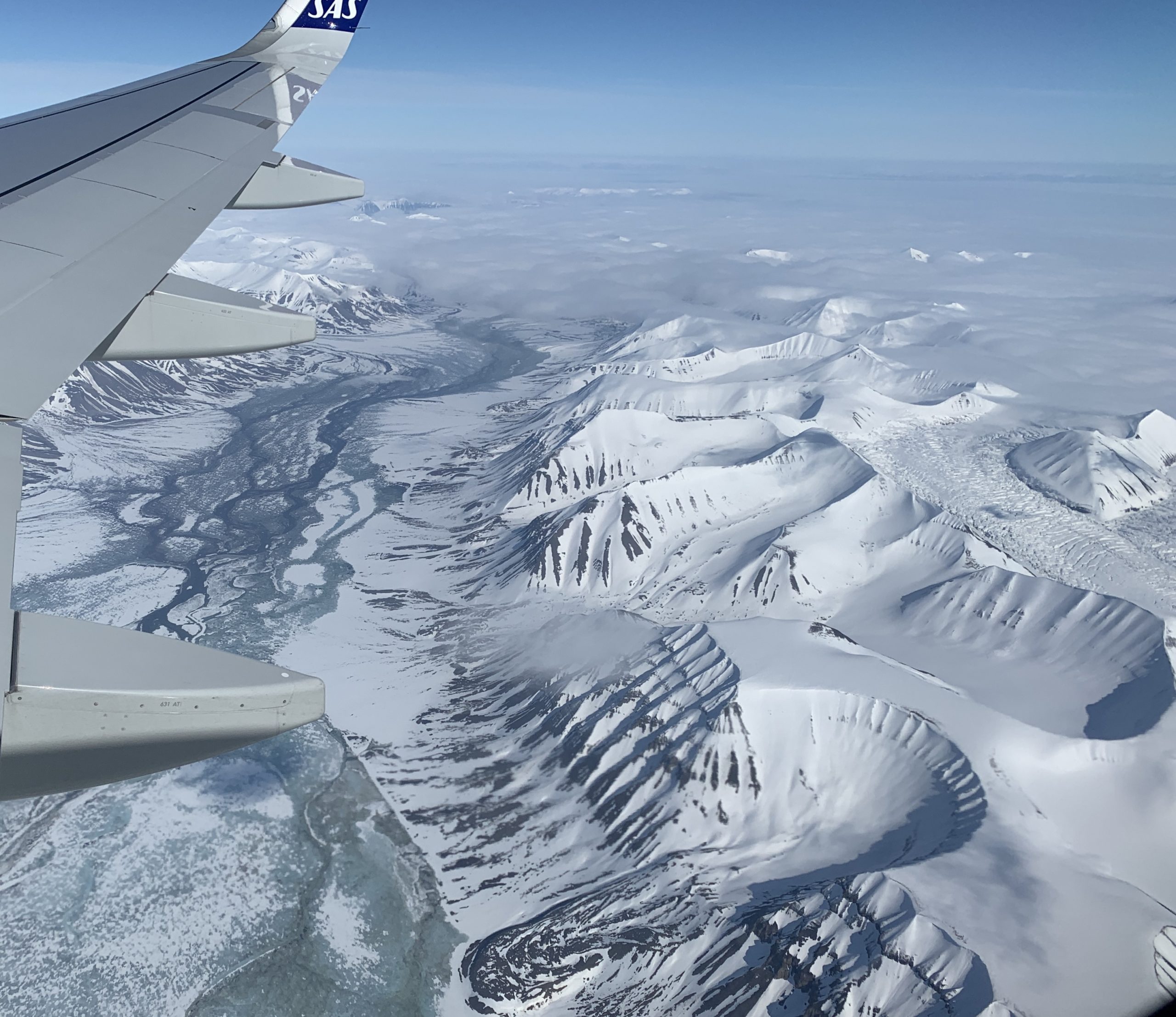
I am here to sail through the icy waters on the lookout for wildlife and scenery, but first I have a bit of time in Svalbard’s town Longyearbyen. I doubt you could find a drearier looking town. There is not much to please the eye. There is a bleak post-coal mining era feeling about the place with various pipes, cranes, cables and containers that I have no idea what are used for.
The highlight for me is spotting a couple of reindeer grazing by the roadside. One of them decides to cross the road looking for greener pastures, I suppose. The reindeer in Svalbard are adoringly tiny – almost just the size of a Hereford calf – but very, very hardy.
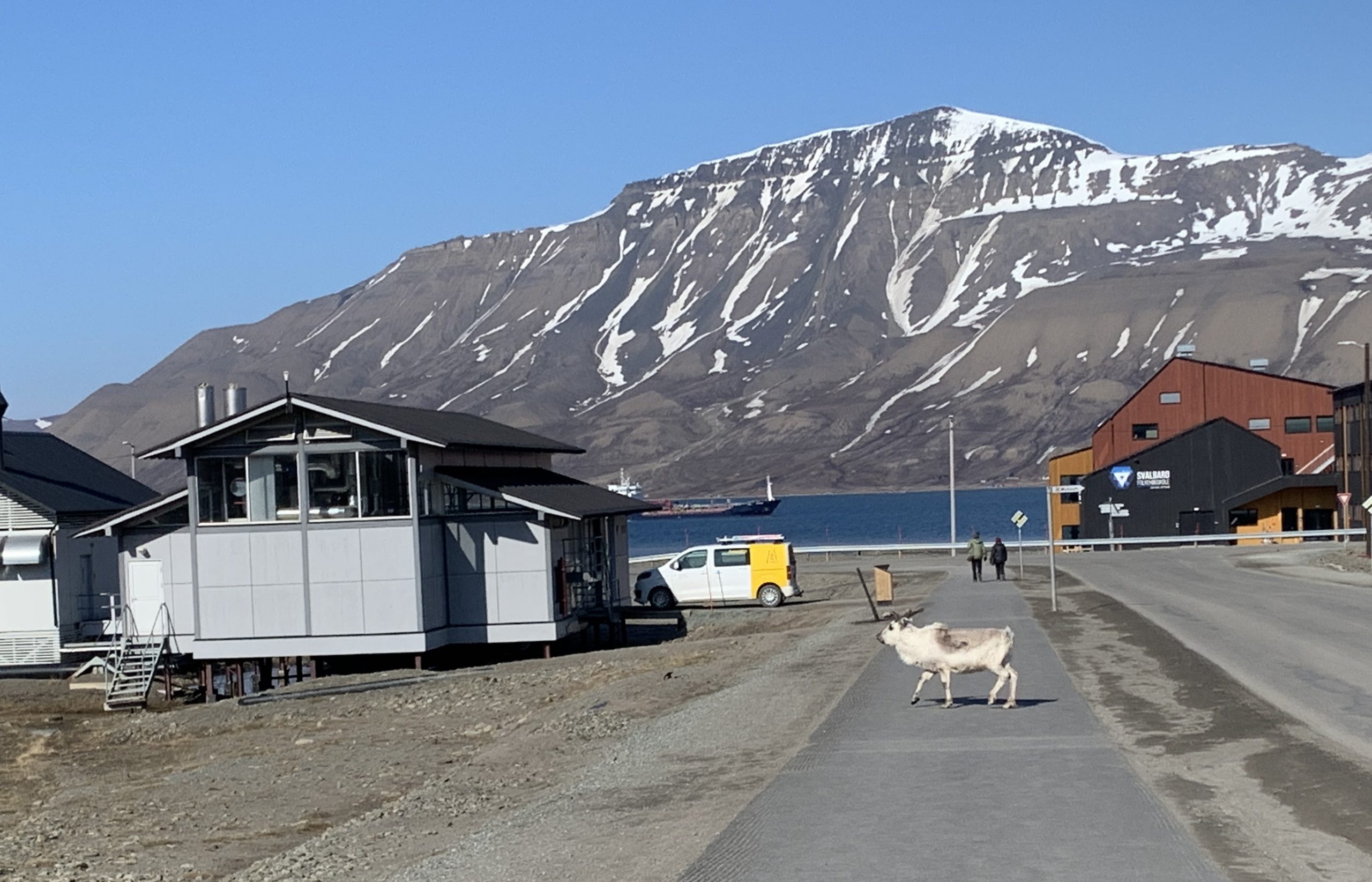
Once we board the ship and practice the obligatory safety drill, we set off on our adventure, sailing northwards. For the next six days, my life will be on the sea, among icebergs, ice floes and pack ice. Exciting! On the ship, we spend a lot of time on deck, on the lookout for wildlife and stunning scenery.
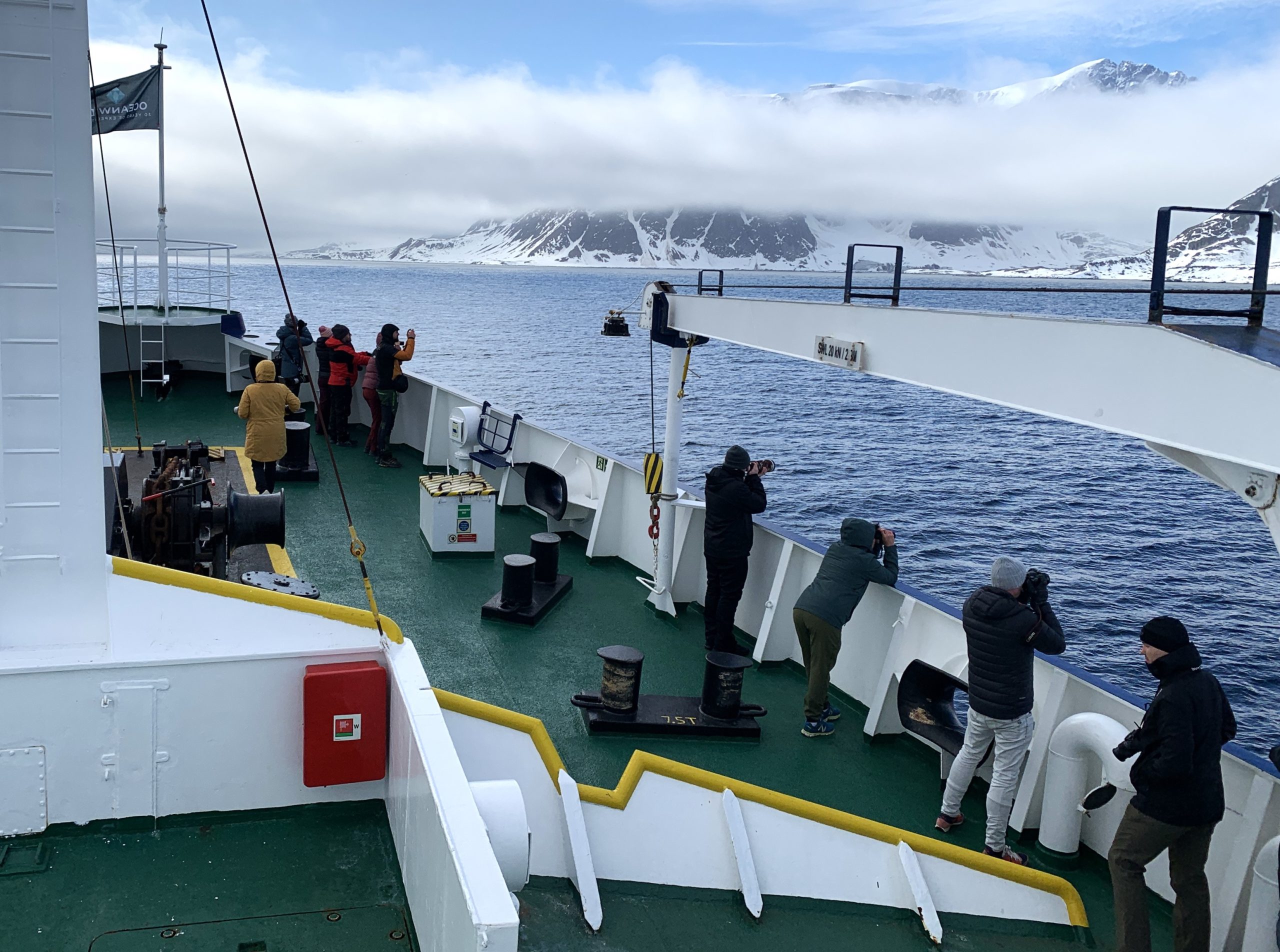
On the first day, we glide past snowclad mountains and see tubby little auks and gull-like Arctic fulmars. It is easy to understand why the Dutch called this place Spitsbergen, which means “pointed mountains”.
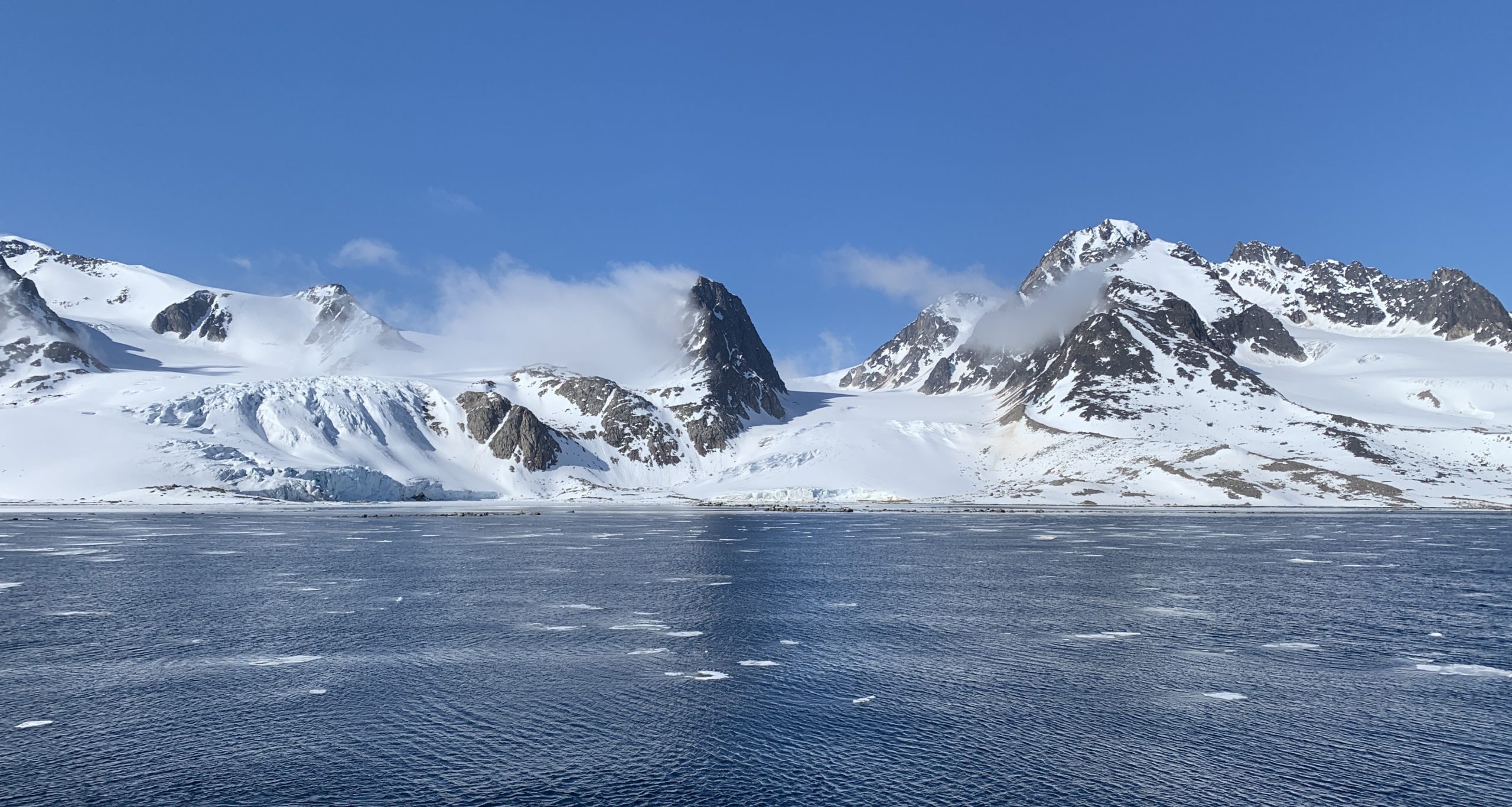
On the second day we use the Zodiacs for the first time.
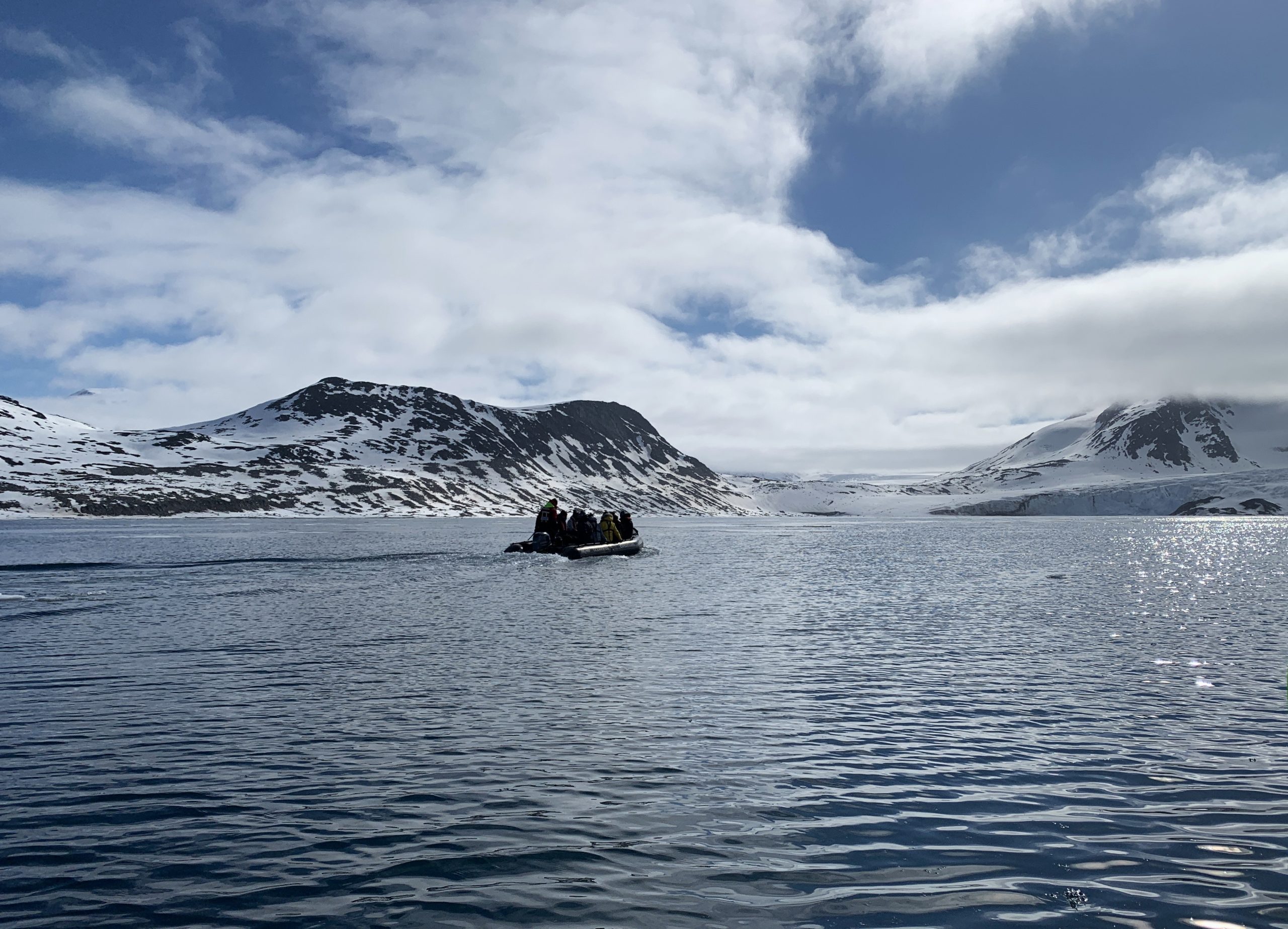
Sleek and elegant guillemots swim close to our little boat before taking off into the air.

We also see a polar bear with cubs at the foot of the glacier. Well, “see” might be pushing it. In the distance I could just make out a splodge that could be something, or not. More clearly, at another spot, we saw footprints from polar bear, fox and reindeer.
We see ptarmigan and bearded seals. Four reindeer graze peacefully on the slope. How they manage to eke out an existence in these almost barren lands is a miracle of evolution.
Above us, kittiwakes are harassed by skua, who steal the food from the kittiwakes. We see long-tailed Arctic terns, glaucous gulls (second largest gull in the world), eider ducks, barnacle geese and fulmars.
After about two hours on the icy water, we head back to the ship and clamber on board. We are later rewarded with a sighting of about 30 ghostly white beluga whales feeding close to the shoreline. They are too far away for proper photos, but not too far away to enjoy through my new binoculars – a recent and wonderful birthday present from a group of friends.

